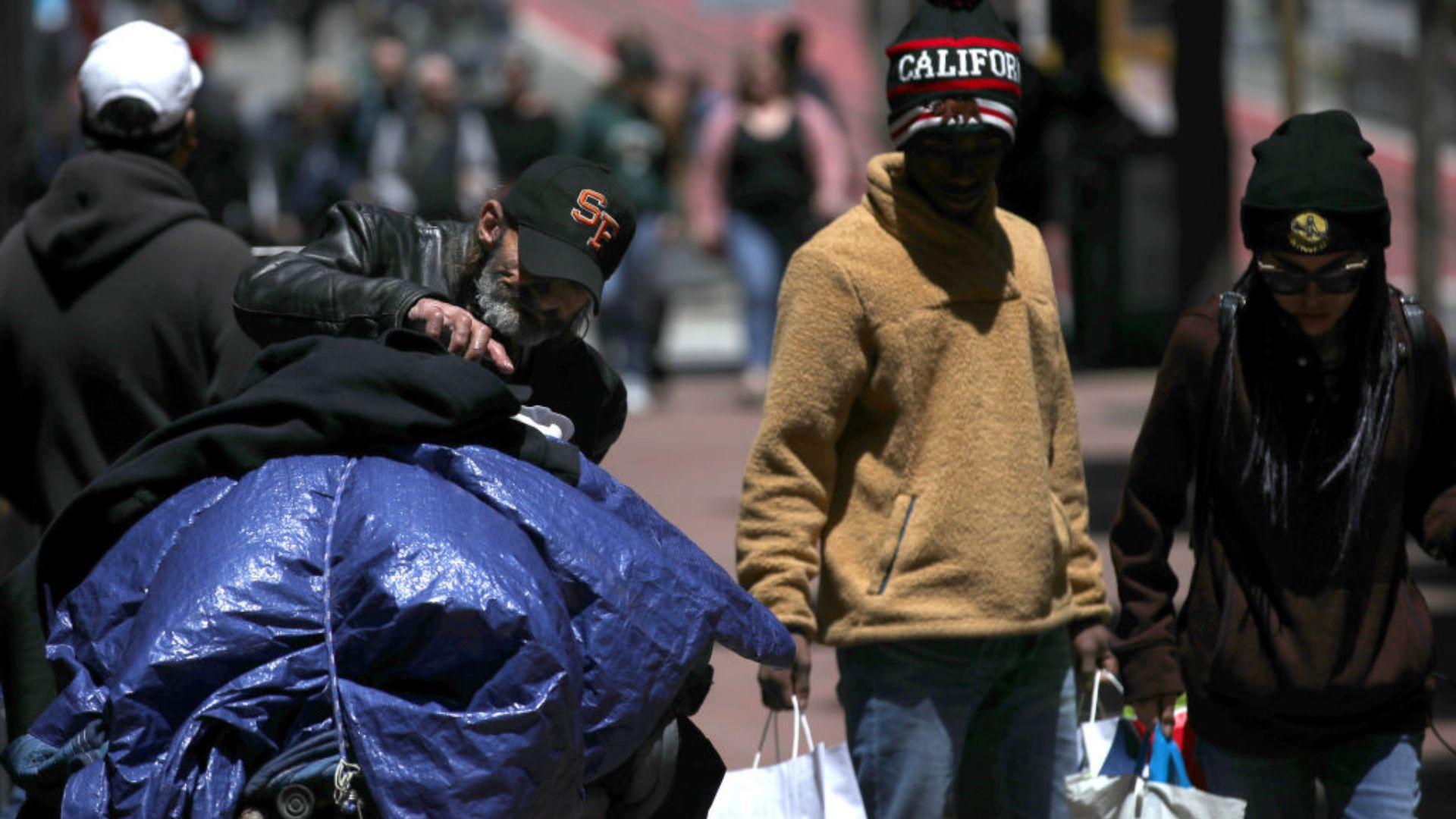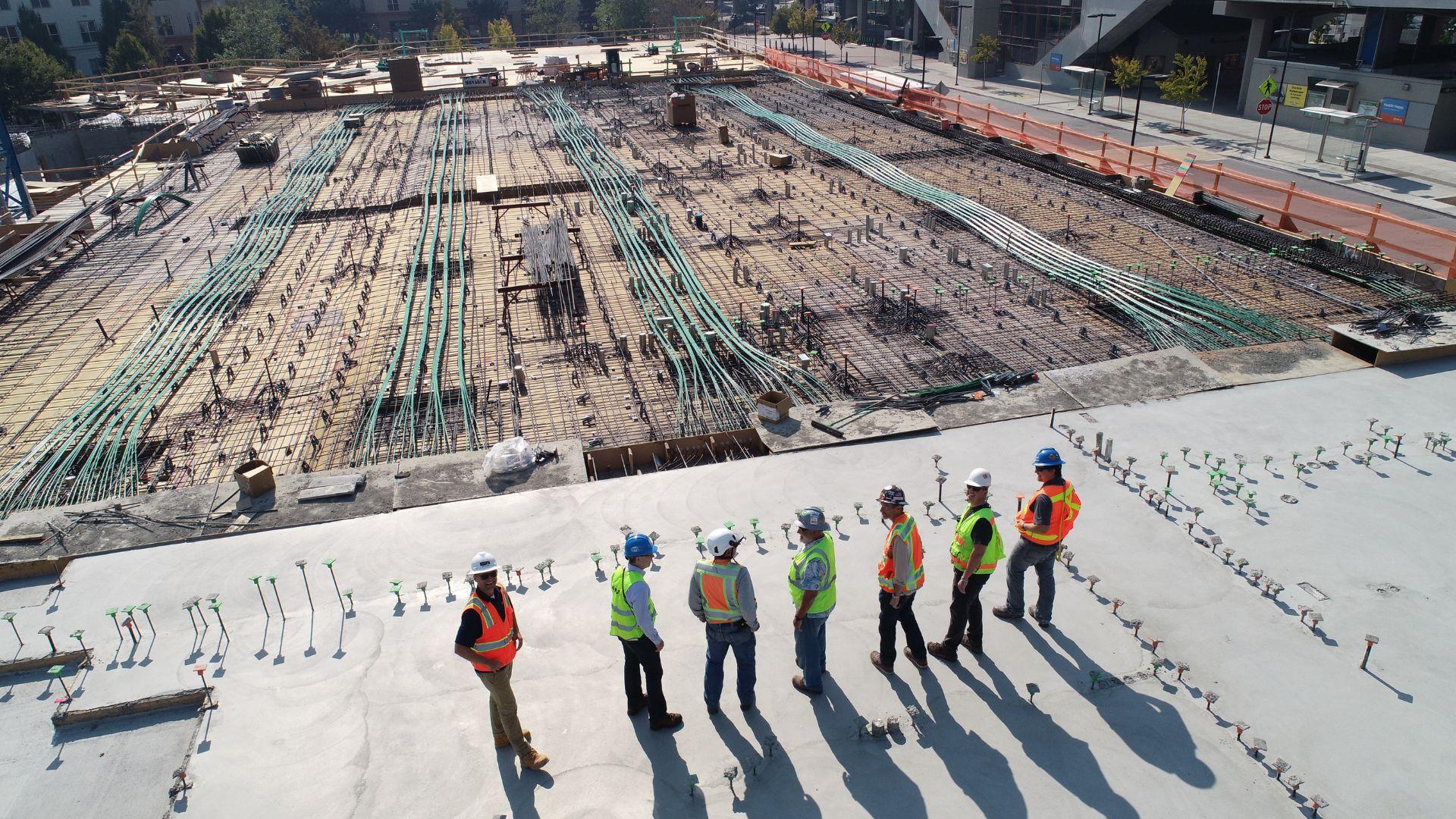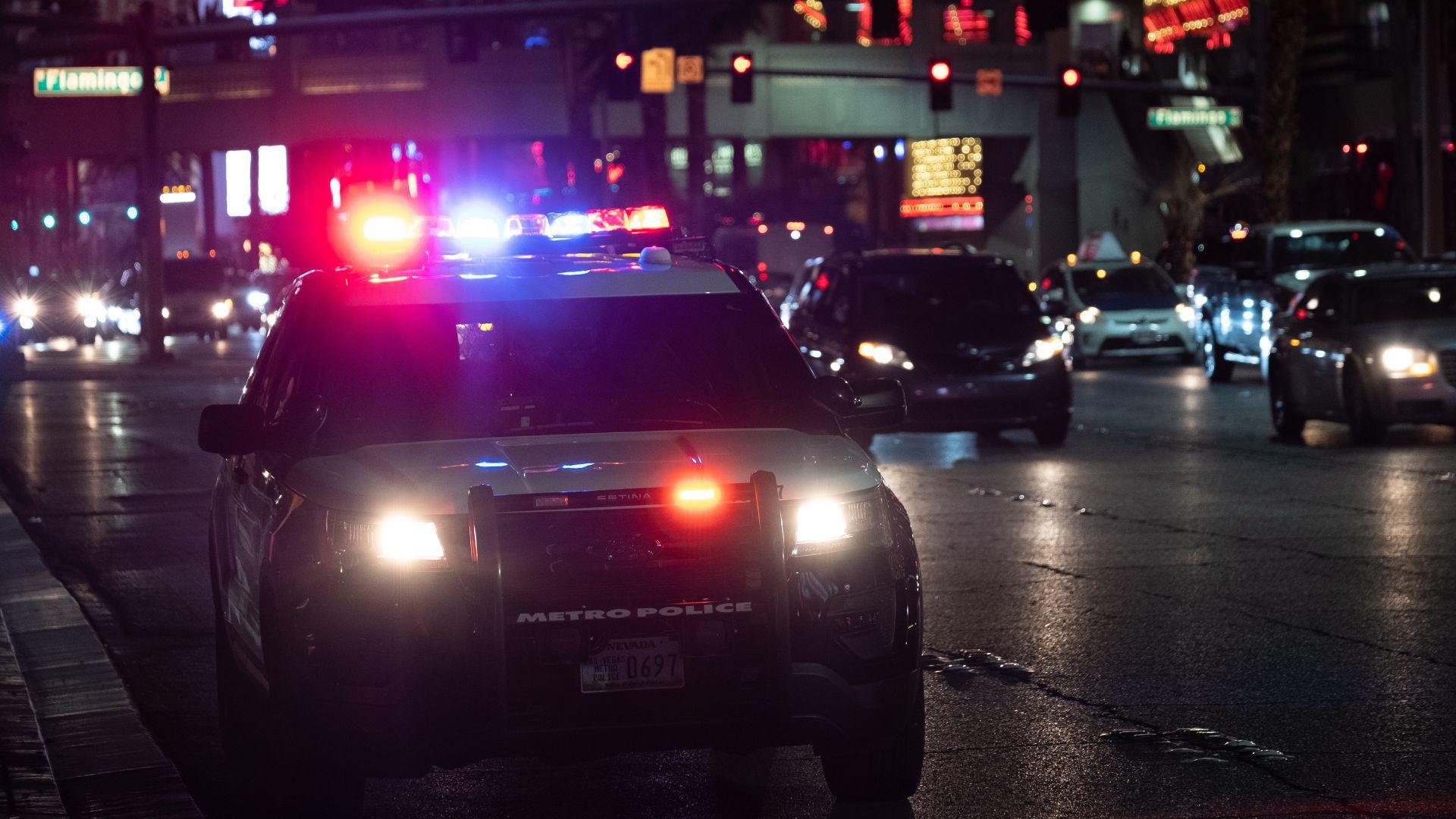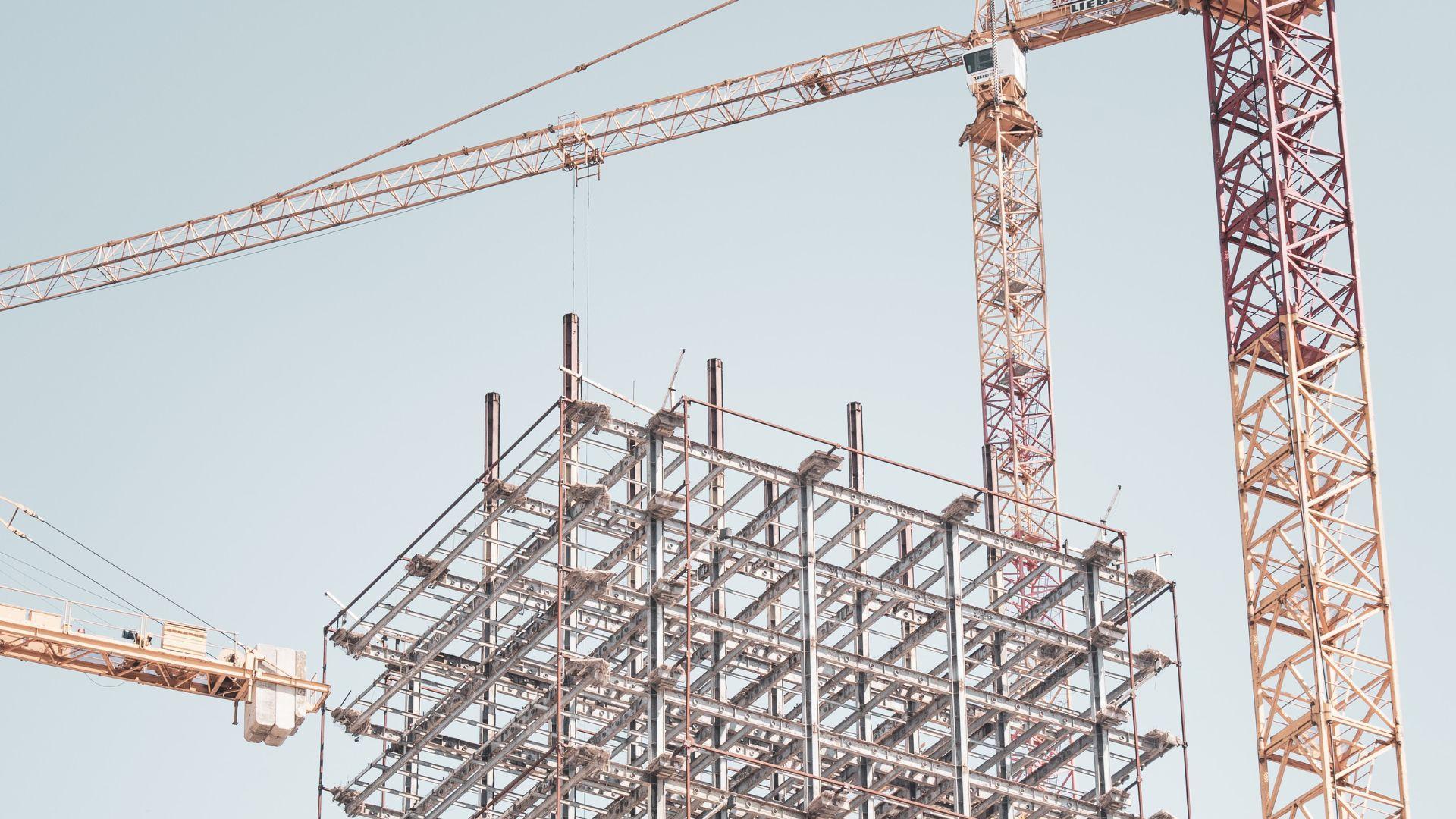Uptick in Crime and Homelessness Halts Construction of $1.2 Billion San Francisco Hayes Point Tower
San Francisco’s Hayes Point Tower was envisioned as the beacon for the revitalization of a struggling downtown. With its $1.2 billion budget and projected completion in 2026, it symbolized hope and progress.
However, this ambitious project hit an unforeseen roadblock. As brands including Brooks Brothers, Ray Ban, Christian Louboutin, Lululemon, and Nordstrom left the area due to increasing crime rates, the developers found themselves grappling with the challenge of securing tenants.
The City's Rapid Retreat
The charm of San Francisco’s downtown has been waning, and not just for businesses. Since the onset of the COVID-19 pandemic, 95 retailers have left the city. Even more alarming was the departure of 7,000 households in August 2020 alone.

Source: Getty Images
With the overarching crisis starting to permeate the city’s real estate sector, the escalating crime rates and visible homelessness crisis became impossible to ignore.
What Could've Been
Hayes Point represented more than just construction; it was seen as San Francisco’s hope. With a completion date set for 2026, it promised 333 residential units, vast office territories, and vibrant retail spaces.

Source: Scott Blake/Unsplash
However, as prominent brands exited due to safety concerns, the tower’s completion has become uncertain. Original plans highlighted “art spaces and retailers on the ground floor,” but their realization now hangs in the balance.
A City’s Crime Conundrum
The rise in San Francisco’s crime is palpably felt in its streets. One telling sign was a local Target opting to place its entire merchandise behind security glass. Additionally, the revenue prospects for Hayes Point’s apartments are undefined.

Source: Kenny Eliason/Unsplash
With the encompassing zip code seeing a sharp 12% drop in home prices over a year, challenges continue to mount. Yet, with Lendlease CEO Tony Lombardo choosing to “de-risk” after a $260 million investment, it’s evident that strategic recalibration is underway.
The Present Conundrum and the Road Ahead
Lendlease’s Arden Hearing had previously shed light on the tower’s potential, lauding its unmatched amenities and visualizing it as a thriving “vertical ecosystem.” However, the external adversities, particularly the rise in crime and pervasive homelessness, remain formidable challenges.

Source: Jacek Dylag/Unsplash
But San Francisco isn’t devoid of hope. As construction lingers in uncertainty, groundwork continues in earnest, suggesting a possible resurgence in the future. The key question remains: can San Francisco’s downtown truly find its former glory?
